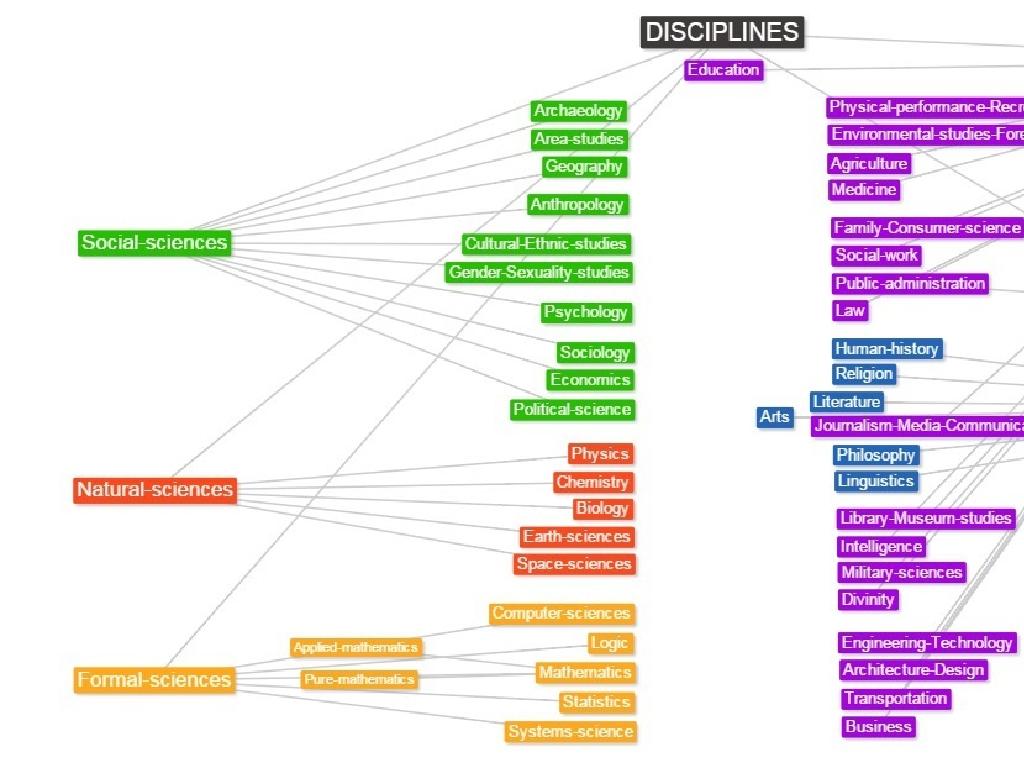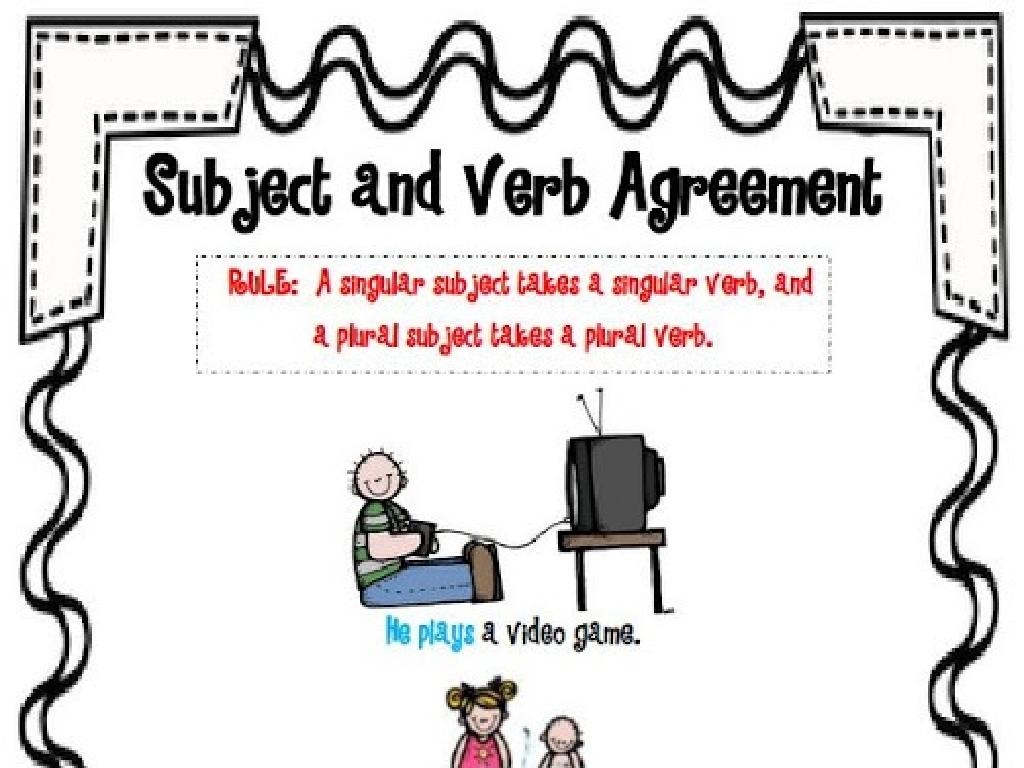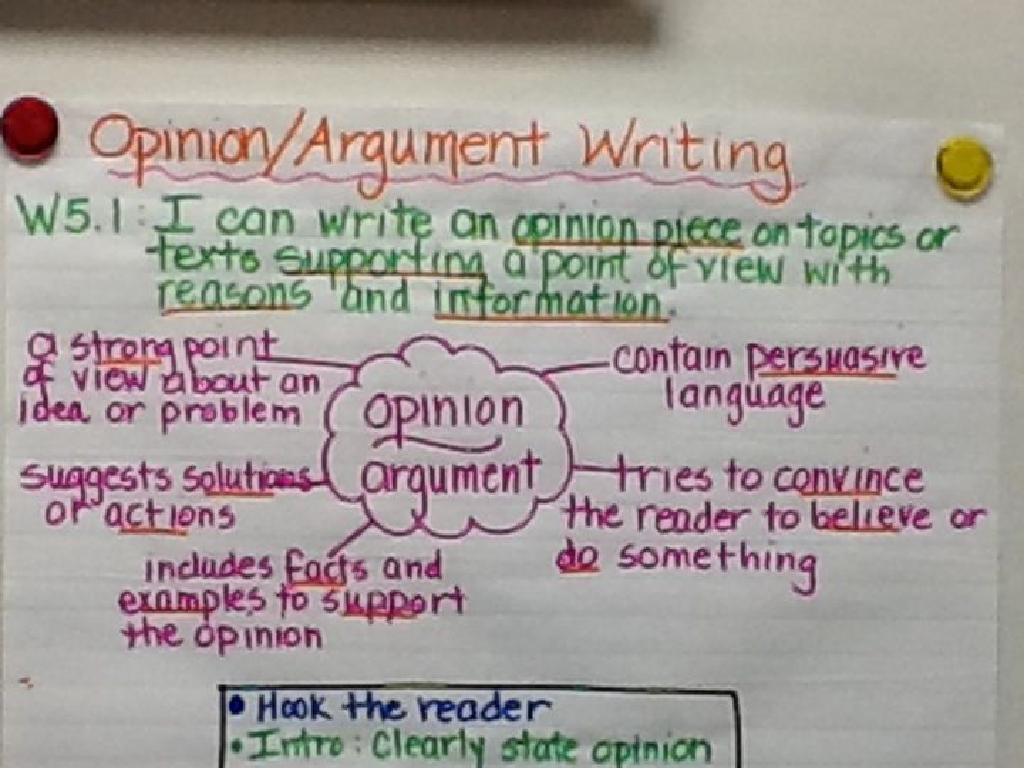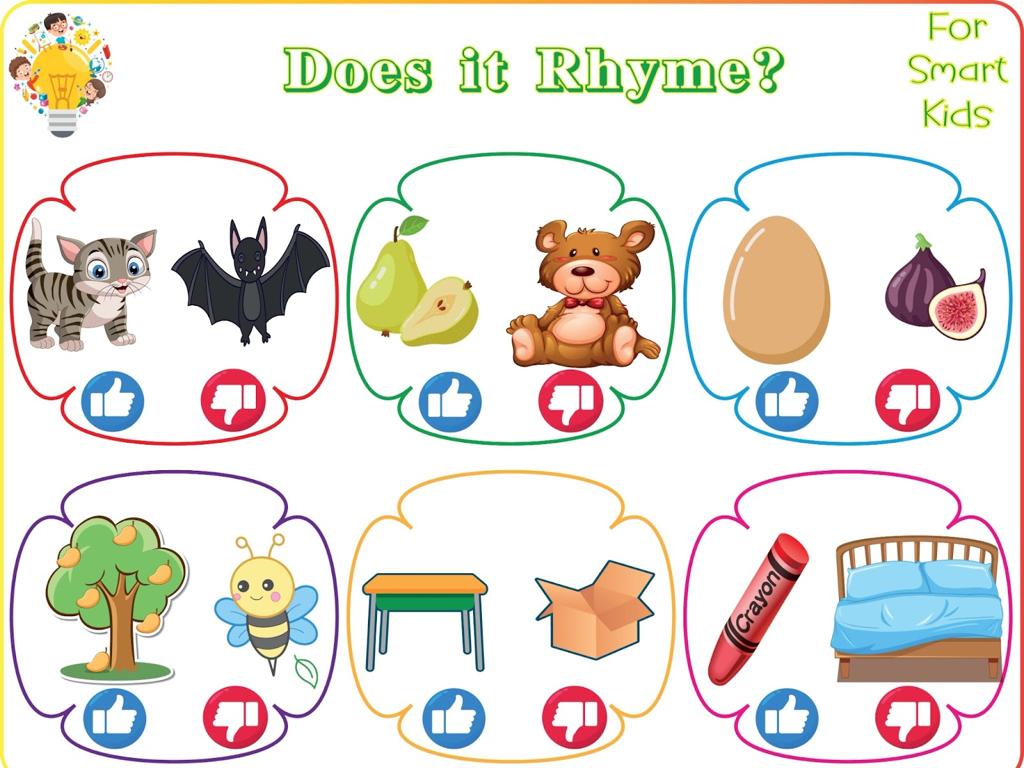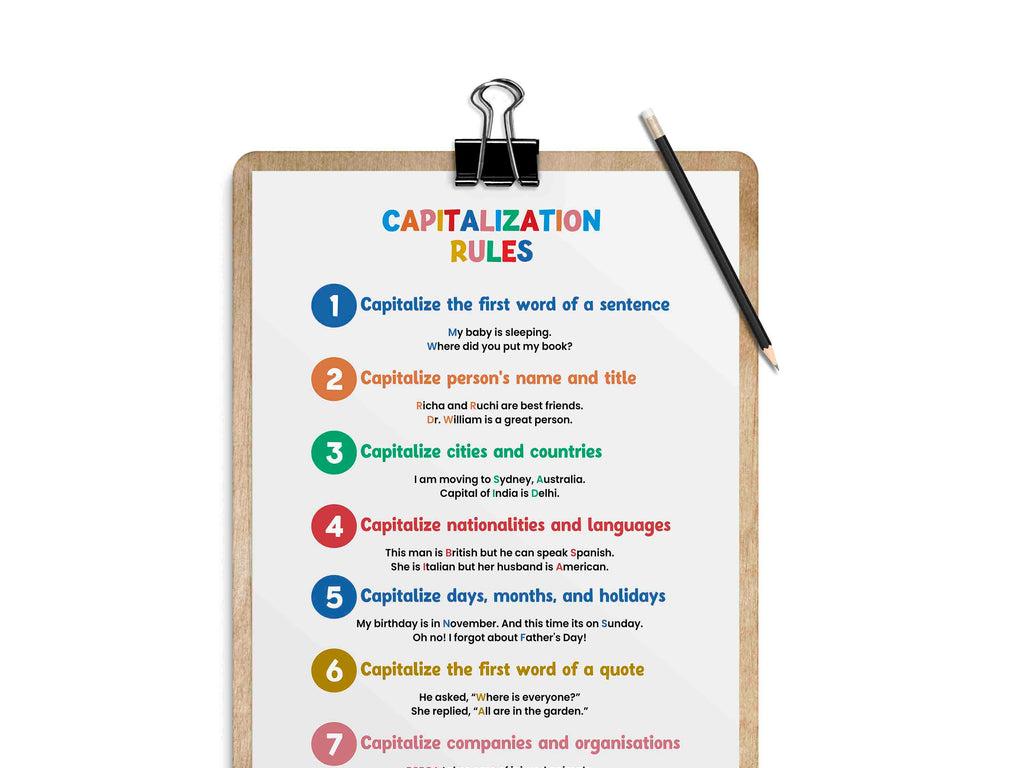Multiply By 12
Subject: Math
Grade: Third grade
Topic: Multiplication Skill Builders
Please LOG IN to download the presentation. Access is available to registered users only.
View More Content
Today’s Adventure: Multiplying by 12!
– What is multiplication?
– It’s like adding the same number many times!
– Multiplying means groups of 12
– If you have 12 boxes with 3 balls each, how many balls do you have?
– Uses of multiplying by 12
– Useful for counting dozens, like eggs or pencils in a box.
– Practice makes perfect
|
This slide introduces the concept of multiplication as a method for finding the total number of items in groups. Start by explaining multiplication as repeated addition, which is a foundational skill for third graders. Emphasize the practicality of multiplying by 12, as many items come in dozens, and this skill is frequently used in everyday life. Encourage students to visualize groups of items to better understand the concept. Provide plenty of practice problems and use real-life examples to make the lesson engaging. Reinforce the idea that with practice, they will become more comfortable with multiplying by 12.
Understanding Multiplication: Multiply by 12
– Multiplication: Repeated addition
– It’s like adding the same number many times
– Example: 3 x 12 equals 36
– 3 x 12 is like 12 + 12 + 12
– Multiplication speeds up addition
– Faster than adding 12 three times
– Practice with the number 12
|
This slide introduces the concept of multiplication as a form of repeated addition, specifically focusing on multiplying by 12. Start by explaining that multiplication is a shortcut for adding the same number multiple times. Use the example 3 x 12 to show that it’s the same as adding 12 three times (12 + 12 + 12 = 36). Emphasize that multiplication is a quicker way to do this. Encourage students to think of multiplication as groups of numbers, and in this case, 3 groups of 12. To reinforce the concept, have students practice multiplying different numbers by 12, and discuss how this skill can be applied in real-life situations, such as calculating a dozen of items.
The Magic Number 12: Multiplication Fun
– Understanding ’12’ as a dozen
– A dozen means 12 items, like 12 eggs in a carton.
– Relating 12 to months and clocks
– There are 12 months in a year, and a clock shows 12 hours.
– Multiplying with dozens of items
– Use egg cartons to visualize 12s multiplication.
– Practice multiplying by 12
– Try exercises like 12 x 3 with real-life objects.
|
This slide introduces the concept of the number 12 and its significance in daily life, which helps students understand multiplication by 12. Start by explaining a dozen and giving examples like a carton of eggs. Relate the number 12 to familiar concepts such as the months in a year and the hours on a clock. Use tangible items like egg cartons to help students visualize the multiplication process. Provide practice problems and encourage students to use real-life objects to solve them, reinforcing the concept of multiplication by 12. This approach aims to make learning multiplication engaging and relatable.
Multiplying by 12: Simplify with 10 and 2
– Break 12 into 10 and 2 for easy steps
– Example: 4 x 12 becomes (4 x 10) + (4 x 2)
– It’s like adding 4 tens (40) and 4 twos (8) to get 48
– Practice multiplication with new numbers
– Try 5 x 12 or 3 x 12 using the same method
– Share your answers and methods
|
This slide introduces a strategy to simplify multiplication by 12 by breaking it down into two easier problems: multiplying by 10 and then by 2. Start by explaining that multiplying by 10 is straightforward for most students, as it involves adding a zero to the number. Then, show that multiplying by 2 is just doubling the number. Combine these two concepts to demonstrate how to multiply any number by 12. Use the example provided to illustrate the process, and then engage the class with practice problems, encouraging them to use the same breakdown strategy. As students share their answers, reinforce the concept by highlighting the ease of adding the results of the two simpler multiplications.
Patterns in Multiplying by 12
– Discover patterns to simplify
– Observe patterns in results
– Like 12, 24, 36… each is 12 more
– Activity: Spot the patterns
– Find patterns in 12s multiplication
– Discuss patterns with classmates
– Share any patterns you’ve noticed
|
This slide introduces students to the concept of identifying patterns when multiplying by 12, which can make the process easier and more intuitive. Encourage students to look for and recognize patterns in the multiplication results, such as the increments of 12. The activity involves students working individually or in groups to spot any patterns that emerge when multiplying various numbers by 12. Afterward, they should be prepared to discuss their observations. For the teacher: Prepare to guide the students through the activity by suggesting they look at the ones and tens places in their results, and how they change with each multiplication by 12. Provide examples like 12 x 1, 12 x 2, 12 x 3, and so on, and ask them to describe what they see. Offer at least 4-5 different numbers for them to multiply by 12 to ensure a variety of patterns can be observed.
Multiplication Tricks with 12
– Double and add 10 times the number
– To multiply by 12, double the number and then add the number times 10.
– Learn rhymes for 12’s multiplication
– Rhymes help remember: 6 times 12 is 72, like ‘6 bags of candy, 72 in total, wow!’
– Quick tricks for multiplying by 12
– For example, 3 x 12: Double 3 to get 6, then add 30 (3 x 10), equals 36.
|
This slide introduces students to various tricks to multiply by 12, making it easier and more fun. Doubling the number and then adding 10 times the number is a quick way to calculate. For instance, to multiply 4 by 12, double 4 to get 8, and add 40 (4 times 10) to get 48. Rhymes can make memorization of the 12 times table more enjoyable and memorable. Teachers should demonstrate these tricks with different numbers and encourage students to practice with their own examples. The goal is to build confidence in multiplying by 12 through repetition and engaging methods.
Let’s Practice Multiplying by 12!
– Step-by-step problem solving
– Break down each multiplication into manageable steps
– Classroom items group activity
– Count objects in class and multiply each by 12
– Individual worksheet practice
– Solve problems on the worksheet to practice
– Review and discuss answers
– Go over the worksheet answers together in class
|
This slide is designed to engage third-grade students in practicing multiplication by 12 through a variety of activities. Start by demonstrating how to solve multiplication problems step by step, possibly using a number line or breaking the number 12 into 10 and 2 for easier calculation. For the group activity, have students work together to count items in the classroom, such as pencils or books, and then multiply that number by 12. Provide individual worksheets with a range of problems for students to solve on their own, ensuring they get hands-on practice. Conclude the lesson by reviewing the answers as a class, discussing any difficulties, and reinforcing the techniques used to multiply by 12. Offer praise for effort and correct answers to build confidence.
Multiplication Game Time: Mastering by 12
– Engage in a multiplication board game
– Pair up for a ‘Multiply by 12’ duel
– Challenge a friend to see who multiplies faster
– Reflect on your winning strategies
– Think about the steps that helped you succeed
– Share your best multiplication tips
– Discuss what methods helped you and your classmates
|
This slide introduces an interactive class activity focused on practicing multiplication by 12. The board game should be designed to reinforce the concept of multiplying by 12 through repetitive play. Pairing students up for a friendly duel encourages competition and application of the multiplication skills they’ve learned. After the game, lead a discussion where students reflect on the strategies they used, such as skip counting, memorization, or breaking down the multiplication into smaller, more manageable parts. Encourage them to share their strategies with the class to foster collaborative learning. For the teacher: Prepare a simple board game with multiplication questions, ensure students understand the rules, and have a plan for pairing up students. After the activity, guide the reflection session and take notes on the strategies students found most effective for possible future lessons.
Class Activity: Multiplication Art
– Create art with groups of 12
– Use stickers, beans, or drawings
– Each set represents 12 items
– Share and explain your multiplication
– How does your art show multiplication by 12?
|
This activity is designed to help students visualize the concept of multiplication by creating art with groups of 12. Provide students with materials such as stickers, beans, or allow them to draw. They should create sets of 12 to form an art piece. Once completed, each student will share their artwork with the class and explain how they used multiplication by 12 to create it. For example, if a student uses 4 sets of stickers, they should explain that 4 groups of 12 stickers equal 48 stickers in total. This reinforces the concept of multiplication as repeated addition and allows for a creative expression of mathematical ideas. Possible variations of the activity could include creating patterns, designing a ‘multiplication garden’ with 12 flowers, or arranging objects in arrays of 12.
Wrapping Up: Multiplication by 12
– Review of multiplying by 12
– Let’s recap our steps for multiplying by 12.
– Display our multiplication art
– Look at our creative art that helps us remember the times table.
– Homework: Real-life multiplication
– Find examples at home where you use multiplication by 12.
– Share what we’ve learned
|
As we conclude today’s lesson on multiplying by 12, it’s important to review the key points and methods we’ve learned. Encourage the students to reflect on the multiplication art they created as a fun way to remember the times table. For homework, ask them to apply what they’ve learned by finding real-life situations where they can practice multiplying by 12, such as calculating a dozen eggs or a box of pencils. This will help solidify their understanding by connecting the concept to everyday life. In the next class, we’ll have a sharing session where students can discuss the examples they found and share their experiences with the homework assignment.

